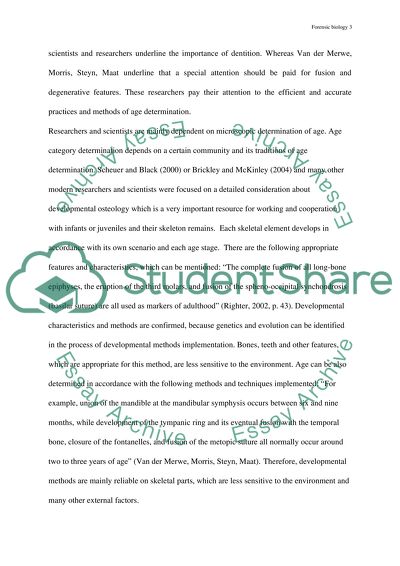Cite this document
(“Describe in detail one developmental and one degenerative method of Essay”, n.d.)
Describe in detail one developmental and one degenerative method of Essay. Retrieved from https://studentshare.org/biology/1458549-describe-in-detail-one-developmental-and-one
Describe in detail one developmental and one degenerative method of Essay. Retrieved from https://studentshare.org/biology/1458549-describe-in-detail-one-developmental-and-one
(Describe in Detail One Developmental and One Degenerative Method of Essay)
Describe in Detail One Developmental and One Degenerative Method of Essay. https://studentshare.org/biology/1458549-describe-in-detail-one-developmental-and-one.
Describe in Detail One Developmental and One Degenerative Method of Essay. https://studentshare.org/biology/1458549-describe-in-detail-one-developmental-and-one.
“Describe in Detail One Developmental and One Degenerative Method of Essay”, n.d. https://studentshare.org/biology/1458549-describe-in-detail-one-developmental-and-one.


